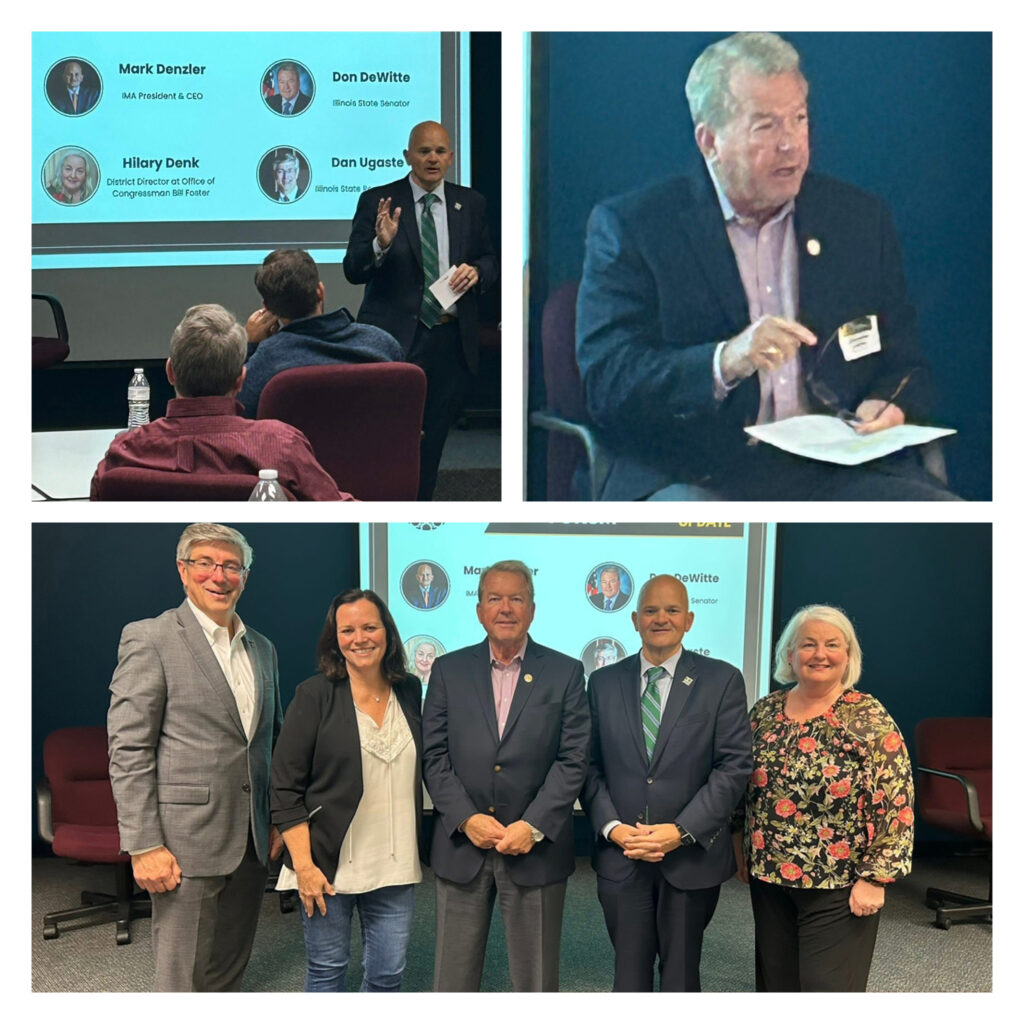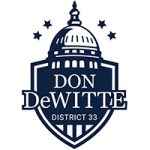Transit Top of Mind as Lawmakers Return to Springfield for Final Days of Veto Session
As you may have heard, Chicago-area transit agencies have released updated 2026 budgets showing that while the region’s “fiscal cliff” has been delayed, the need for a long-term state funding solution remains urgent. As the Minority Spokesperson for the Senate Transportation Committee, it is certainly an issue I am following very closely.
Originally projected to face a combined $771 million shortfall, the CTA, Metra, and Pace now estimate a $230 million gap. This is largely due to expanded sales tax collections on online products, fare increases, and internal efficiencies. Those measures have pushed the funding crisis from early 2026 to the latter half of the year, but reserve funds are quickly running out.
CTA and Metra expect to exhaust reserves by late 2026, while Pace’s reserves will last into 2027. Without legislative action, regional shortfalls are projected to climb to $834 million in 2027 and $937 million in 2028, threatening service levels, maintenance, and regional mobility.
As legislators return this week to Springfield for the final three days of session for the year, public transit reform is a top item on the agenda. Lawmakers continued discussions at a hearing held during the first week of veto session, and as I reported last week, a new “wish list” of revenue proposals was unveiled. Legislators will play a central role in determining whether new revenue, reforms, or restructuring are required to keep the region’s public transportation system financially sustainable.
Additionally, CTA, Metra, and Pace recently presented their new budgets for 2026, and all three agencies are planning to raise fare prices anywhere from 25 cents to 13%. The agencies also plan to implement cost reductions to stretch reserve funds.
DeWitte Shares Legislative Update with Manufacturing Leaders

Last week it was my pleasure to attend an Executive Forum and Legislative Update event sponsored by the Valley Industrial Association.
Together with Mark Denzler of the Illinois Manufacturing Association, State Representative Dan Ugaste, and a representative from U.S. Representative Foster’s office, we shared updates and concerns at the state and federal levels that relate to the manufacturing industry.
As discussions continue in Illinois about potentially “decoupling” or breaking apart key elements of the comprehensive federal manufacturing and infrastructure package, I am growing increasingly concerned about what that would mean for Illinois manufacturers. This federal legislation was carefully designed so that its pieces work together, from infrastructure investment and workforce development to energy modernization and supply chain resilience. Pulling out individual components, in my opinion, would weaken the entire framework that helps manufacturers grow, compete, and hire here in Illinois.
Manufacturers depend on a stable and predictable environment to make long-term investments. Many of the manufacturers we rely on are small and mid-sized businesses that don’t have the margin to absorb unexpected costs or delays. Decoupling would make it harder for them to plan for the future, modernize facilities, and stay competitive in a global marketplace.
Legislation Filed to Ensure Renewable Energy Projects Pay Their Fair Share
New legislation has been filed to ensure wind and solar energy companies are paying their fair share in property taxes, helping to reduce the burden on other property owners.
Senate Bill 2706 updates the state’s outdated property tax valuation formula for renewable energy projects. The bill increases the real property cost basis used to assess commercial wind and solar energy systems, which determines how those properties are taxed.
Under current law, the base value for wind projects is set at $360,000 per megawatt of capacity and $218,000 per megawatt for solar systems. Senate Bill 2706 would raise those baselines to $588,000 for wind and $446,000 for solar beginning in tax year 2026. When the original valuation formulas were created, wind and solar were new and emerging industries, so the values were set at a lower level to help them grow.
Illinois’ property tax code currently establishes a uniform statewide method for valuing commercial wind and solar systems, based on their nameplate capacity and adjusted annually by an inflation-based trending factor. However, the base figures have remained stagnant for years, leading to lower tax bills for renewable developers compared to other property owners.
SB 2706 has been filed and awaits assignment to a Senate committee for consideration.

